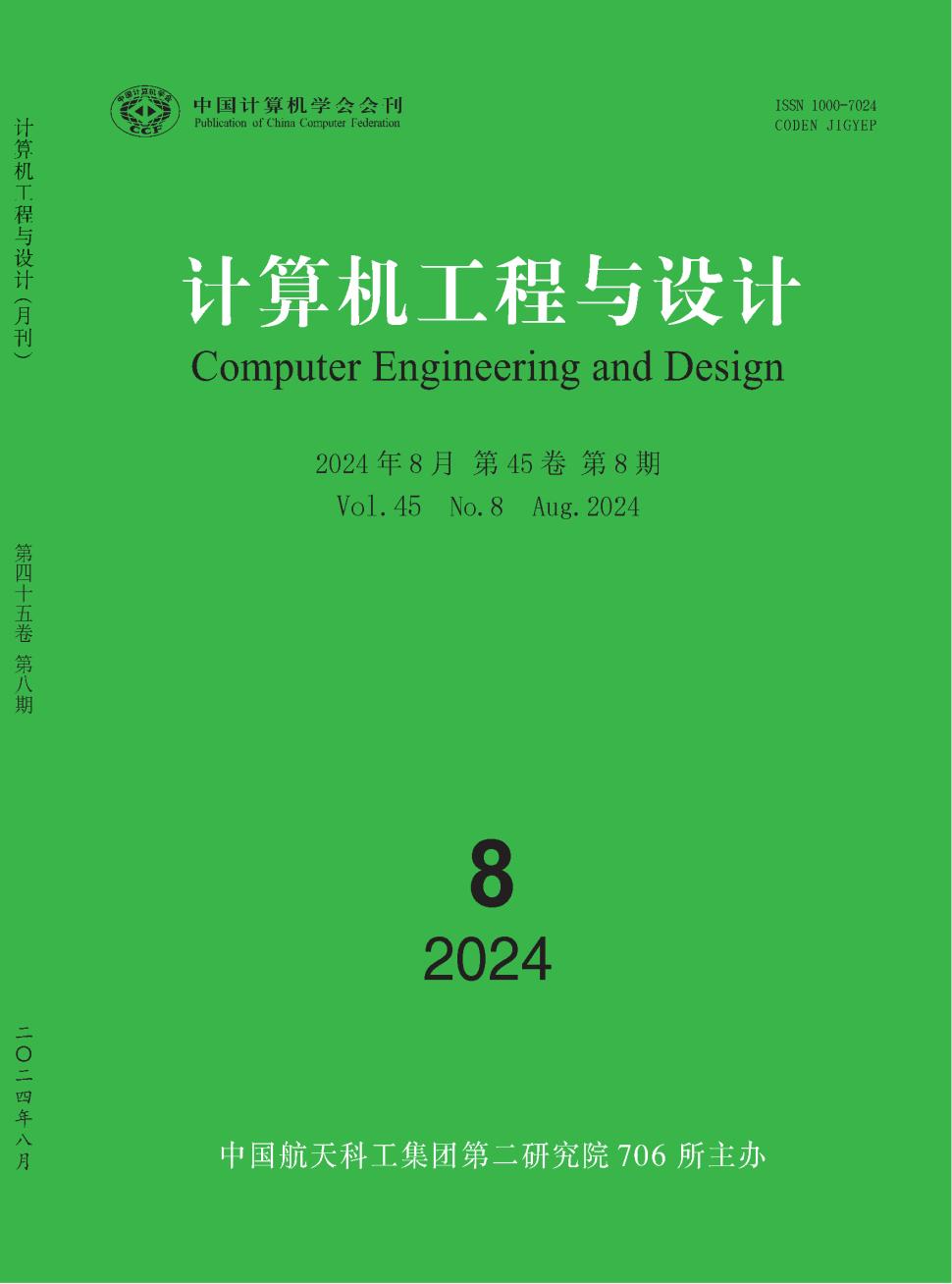基于遗传变异组合的黑色素瘤发病率预测
引用次数: 0
摘要
黑色素瘤的发生是一个复杂的过程,涉及表型、环境和遗传风险因素的相互作用。我们构建了遗传风险模型,目的是评估它们对黑色素瘤风险的预测性能。迄今为止,最大的黑色素瘤全基因组关联研究荟萃分析的汇总水平数据被用于加权遗传风险评分的构建。我们使用了六个不同的p值阈值来包含遗传变异。我们评估了来自英国生物银行的2,862例黑色素瘤事件和321,789例无癌对照的遗传风险评分,这是一项50万参与者的前瞻性队列研究。使用auc,我们比较了不同遗传风险评分的预测能力。遗传风险评分与黑色素瘤风险密切相关。比值比从1.478到1.528。遗传风险评分的预测能力在0.6234 ~ 0.6328之间,表现为中等水平。我们的研究表明,当遗传变异包含的p值阈值变得更宽容时,模型的预测性能就会提高。需要在更大的人群以及南欧人群中验证结果。本文章由计算机程序翻译,如有差异,请以英文原文为准。
Prediction of melanoma incidence based on combination of genetic variants
The occurrence of melanoma is a composite process that implicates the interaction of phenotypic, environmental, and genetic risk factors. We constructed genetic risk models, with the aim to assess their predictive performance on melanoma risk. Summary level data from the largest meta-analysis of genome-wide association studies for melanoma, up to date, were used for the construction of weighted genetic risk scores. We used six different p-value thresholds for genetic variants inclusion. We evaluated our genetic risk scores in 2,862 events of incident melanoma and 321,789 cancer-free controls from the UK Biobank, a prospective cohort study of 500,000 participants. Using AUCs, we compared the predictive ability of the different genetic risk scores. Genetic risk scores were strongly associated melanoma risk. Odds Ratios ranged from 1.478 to 1.528. The predictive ability of the genetic risk scores ranged from 0.6234 to 0.6328 showing a moderate performance. Our study suggests that when the p-value threshold for genetic variants inclusion become more tolerant, the prediction performance of the model improved. Validation of the results in larger populations, as well as Southern European populations is needed.
求助全文
通过发布文献求助,成功后即可免费获取论文全文。
去求助
来源期刊
自引率
0.00%
发文量
20353
期刊介绍:
Computer Engineering and Design is supervised by China Aerospace Science and Industry Corporation and sponsored by the 706th Institute of the Second Academy of China Aerospace Science and Industry Corporation. It was founded in 1980. The purpose of the journal is to disseminate new technologies and promote academic exchanges. Since its inception, it has adhered to the principle of combining depth and breadth, theory and application, and focused on reporting cutting-edge and hot computer technologies. The journal accepts academic papers with innovative and independent academic insights, including papers on fund projects, award-winning research papers, outstanding papers at academic conferences, doctoral and master's theses, etc.

 求助内容:
求助内容: 应助结果提醒方式:
应助结果提醒方式:


